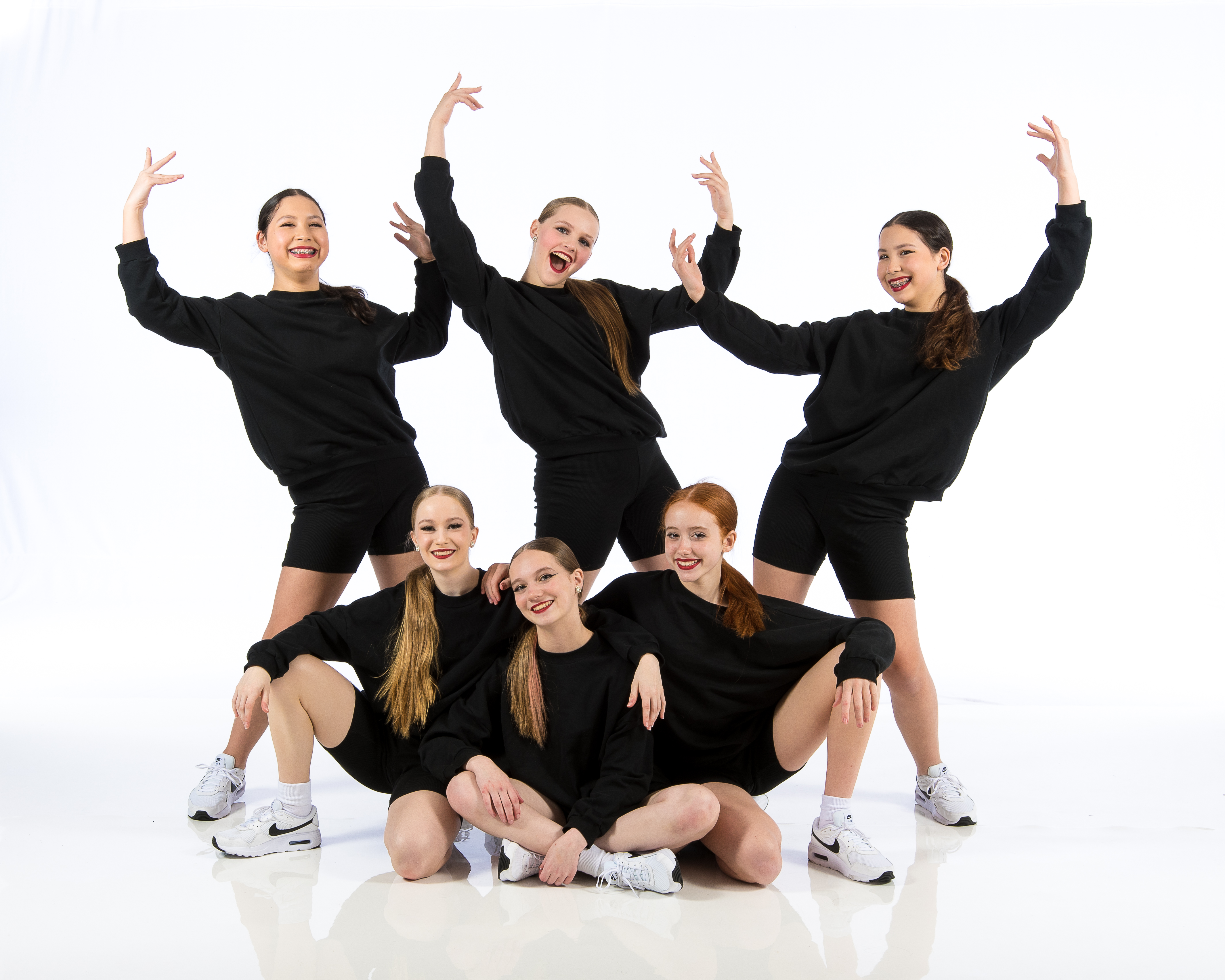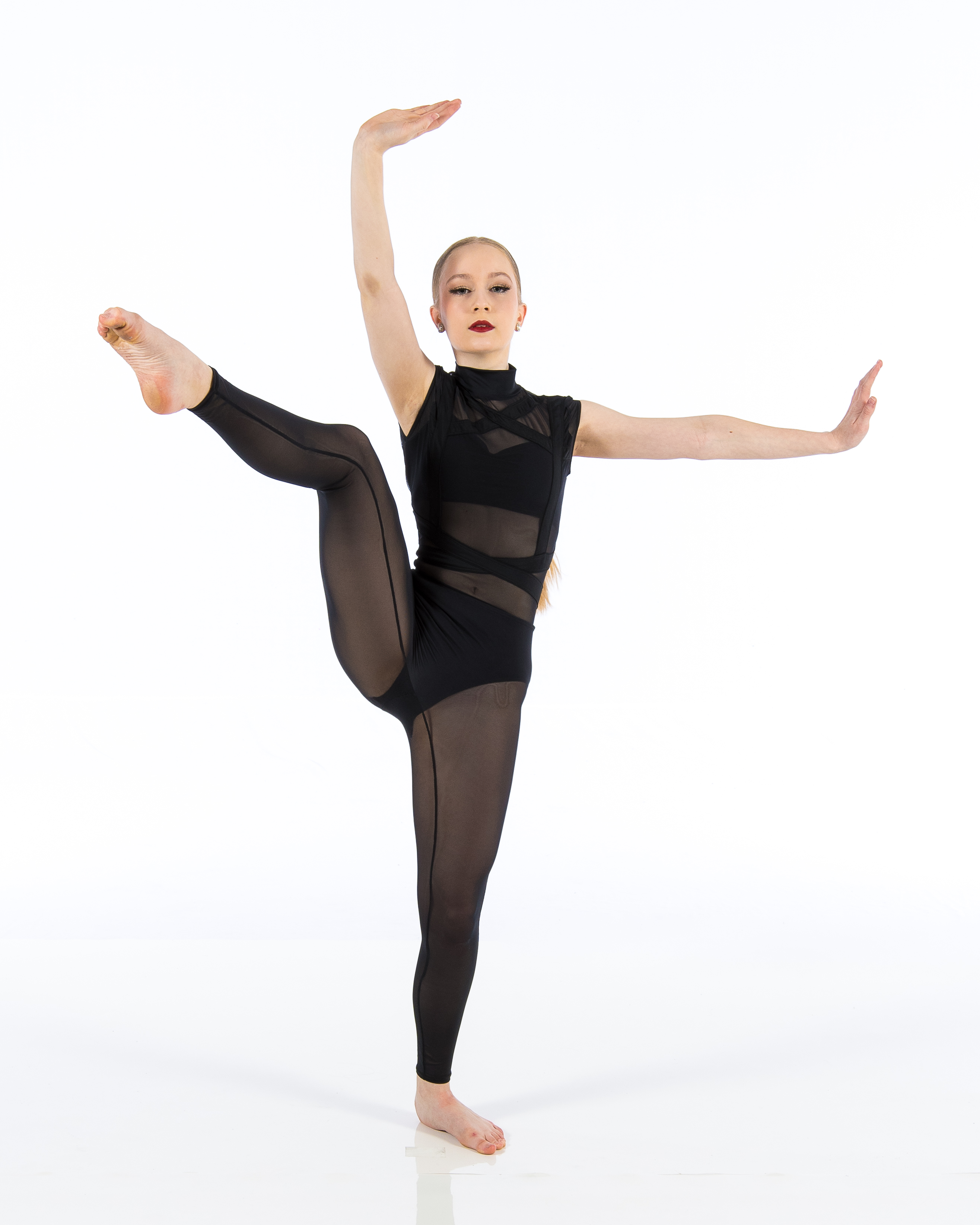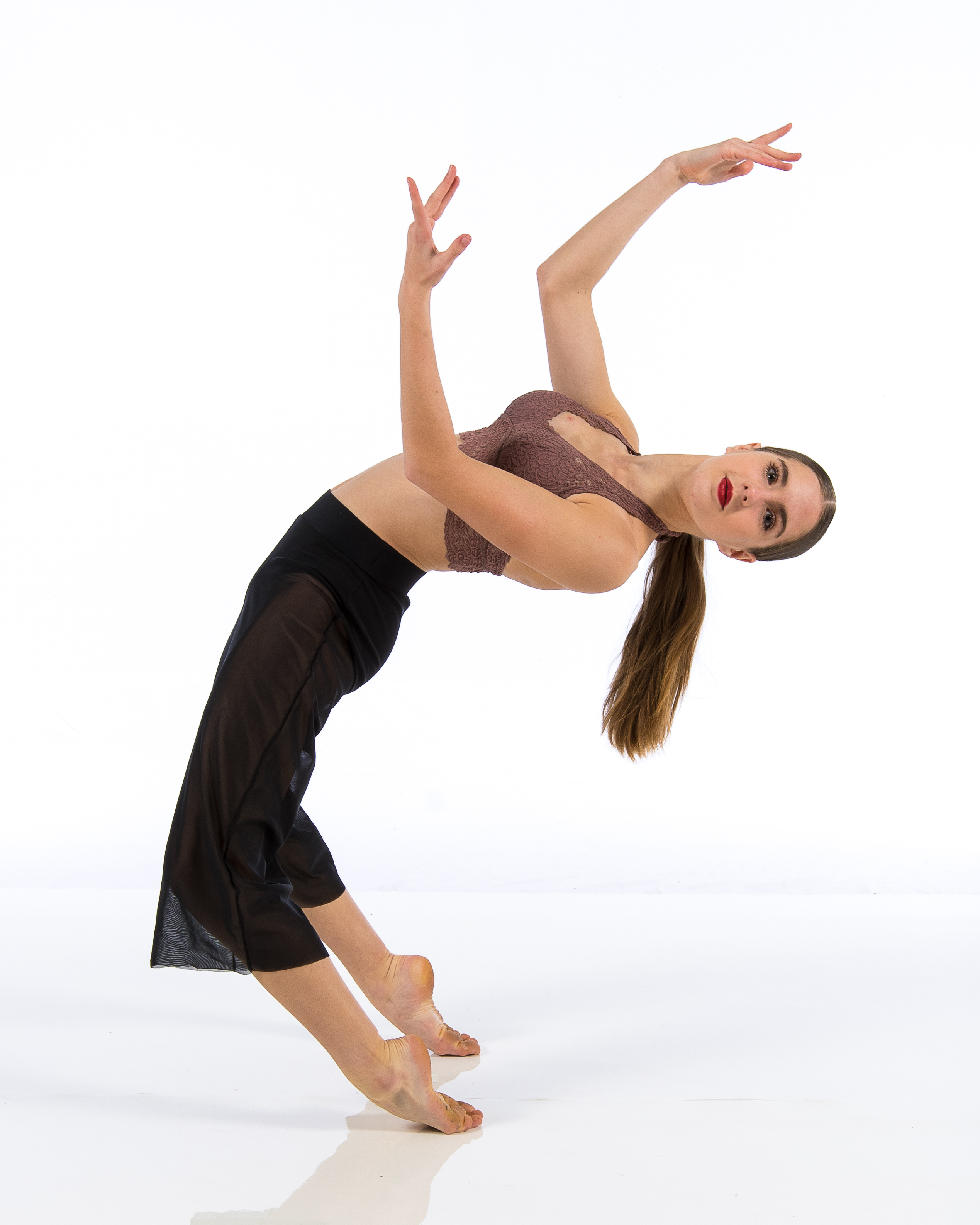Introduction
Ballet is often regarded as the epitome of grace and beauty, enchanting audiences with its artistry and storytelling. However, what really happens behind the scenes in a ballet dance studio? This article will take you on a journey through the world of ballet, exploring what you can expect when stepping into a ballet dance academy. Whether it’s your first time or you’re returning after years away, prepare to be captivated by The Magic of Movement: What to Expect at a Ballet Dance Studio.
The Magic of Movement: What to Expect at a Ballet Dance Studio
Walking into a ballet dance studio feels like entering another world. The air is filled with anticipation and the soft sounds of music echo against mirrored walls. The first thing you’ll notice is the elegance that permeates every inch of the space. From polished wooden floors to barre fixtures lining the walls, the studio is designed for both function and beauty.
A Welcoming Environment
When you step into a dance studio for the first time, it's natural to feel nervous. However, most ballet dance studios foster an environment that encourages learning and growth. You'll find friendly faces—both instructors and fellow students—who are eager to help you navigate this new experience.
Diverse Age Groups
One of the incredible aspects of ballet is that it welcomes dancers of all ages. While many begin training as young children, adult classes are increasingly popular in ballet dance academies. You may share your class with children, teens, or other adults—all united by a passion for movement.
Understanding Ballet Terminology
Before diving in headfirst, it helps to familiarize yourself with some basic ballet terms. Words like “plié,” “tendu,” and “rond de jambe” might sound foreign at first but become second nature as you progress in your training.
Attire Matters
What should you wear? Most studios have specific dress codes that encourage freedom of movement while promoting discipline and professionalism. Generally, form-fitting clothing such as leotards, tights, or leggings paired with ballet shoes are recommended.
The Role of Instructors in Your Journey
Experienced Mentors
Instructors at a ballet dance studio play an essential role in shaping your experience. They come equipped with extensive training and knowledge not only about choreography but also about body mechanics and injury prevention.
Personalized Feedback
An essential part of learning ballet involves receiving constructive criticism from your instructor. They’ll guide you on technique adjustments while motivating you through challenges.
What Happens During Class?
Warm-Up Routine
Every class typically starts with a warm-up designed to get your muscles ready for movement. This usually includes stretching exercises that enhance flexibility and strength.
Barre Work
Barre work is central to any ballet class. It allows dancers to focus on alignment and technique while supported by the barre. Here, you'll learn fundamental positions and movements that form the backbone of ballet training.
Center Practice
Once you've completed barre work, you'll transition to center practice—this is where things really get exciting! You’ll execute combinations without support from the barre, helping improve balance and coordination.
Building Strength Through Ballet
Physical Benefits
Training in a ballet dance academy develops not just artistic skills but also physical attributes like strength, flexibility, and posture. Dancers often find themselves more toned than ever before!
Mental Discipline
Ballet requires intense concentration and discipline which translates into other aspects of life—whether it’s schoolwork or professional endeavors.
Expectations for Different Levels
Beginner Classes
If you're new to dancing altogether or transitioning from another style like modern or jazz dance, beginner classes are designed for you! They usually focus heavily on foundational skills.
Intermediate & Advanced Classes
For those who have more experience under their belts dance studio (or pointe shoes), intermediate classes introduce more complex techniques while advanced ones challenge dancers with intricate choreography.
Social Aspects: Building Community in Ballet Dance Studios
Friendship Opportunities
Many students form lasting friendships within their classes; after all, shared experiences create strong bonds!
Recitals & Performances
Participating in recitals or performances provides opportunities not just for showcasing talent but also for building camaraderie among fellow dancers.
Injury Prevention: Staying Safe While Dancing
Listening to Your Body
As exhilarating as dancing can be, it’s crucial to listen to what your body tells you during practice sessions; overexertion can lead to injuries which sideline progress.
Proper Warm-Ups & Cool-Downs
Never skip warm-ups or cool-downs! These practices safeguard against strains by preparing muscles beforehand and aiding recovery afterward.
Ballet's Cultural Significance
Historical Context
Understanding ballet's rich history enhances appreciation for its artistry today; knowing where it originated gives context around its forms now practiced worldwide!

Global Influence on Dance Forms
Ballet has influenced countless other styles from contemporary dance to hip-hop; realizing how interconnected these art forms are broadens one’s perspective regarding movement altogether!

FAQs About Ballet Dance Studios
What do I need for my first class?
It's best to wear comfortable clothing that allows free movement along with proper footwear (usually ballet slippers). A water bottle might also come in handy!
Do I need previous experience?
Not at all! Many studios offer beginner classes tailored specifically for newcomers without prior experience necessary!

Is there an age limit for starting lessons?
Absolutely not! There are programs geared toward various age groups—from toddlers all the way up through adults eager to learn something new!
Will I perform in front of an audience?
If interested, many studios hold annual recitals where students can showcase what they've learned—but participation is typically voluntary!
How often should I attend classes?
Consistency matters! For best results aim for 2-3 classes each week if possible—but even once weekly can yield significant improvements!
li6/ol1/hr10hr10/##
Conclusion
Dancing at a ballet dance studio opens up avenues not just towards artistic expression but personal growth as well! From building friendships rooted in shared passion through rigorous training sessions filled with joy—the magic truly lies within every pirouette taken across those polished floors! Whether you're contemplating joining or have already thrown yourself into this beautiful world—stay curious because there's always something new waiting just around each corner along this mesmerizing journey known simply as "ballet."